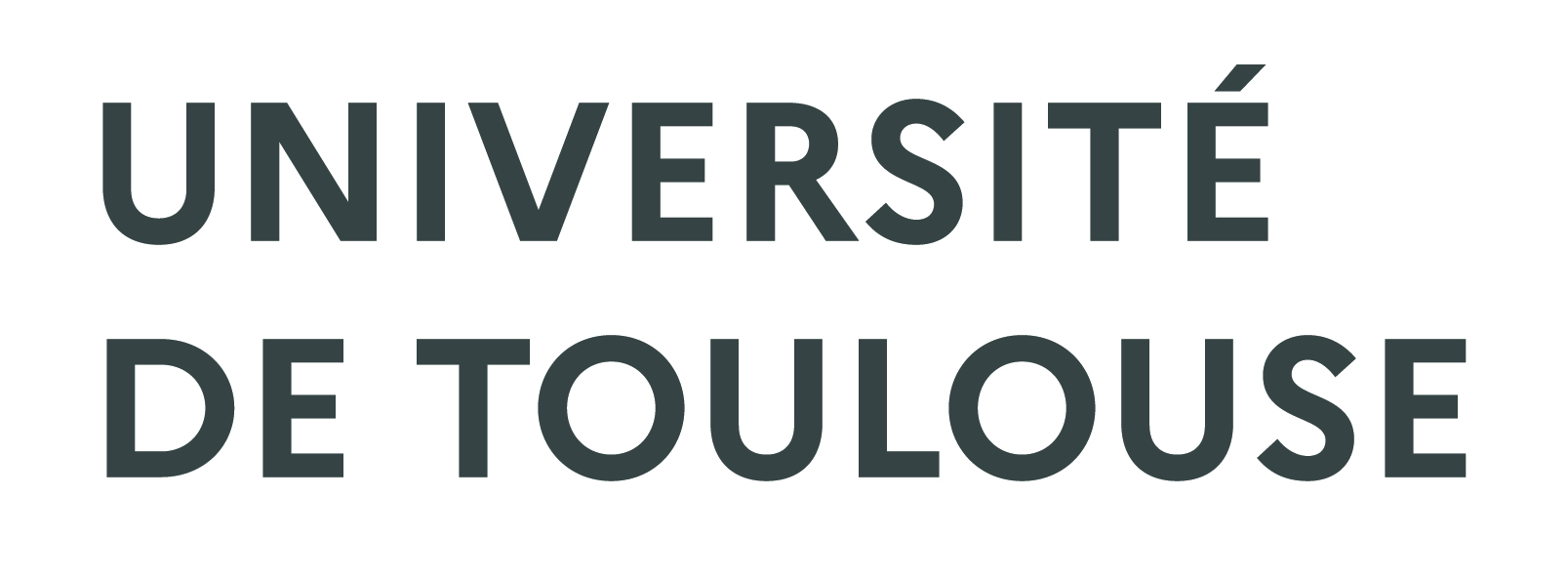Polarization of circulating follicular helper T cells correlates with bullous pemphigoid severity
Résumé
Background: Follicular helper T (Tfh) cells form a distinct population of T-helper cells with different polarizations (type 1, type 2 and type 17) that regulates humoral responses and may participate in the pathophysiology of B-cell-mediated autoimmune diseases such as bullous pemphigoid (BP), a dermatosis mediated by autoantibodies specific for hemi-desmosomal proteins.
Objectives: To evaluate the impact on circulating Tfh cells of super potent topical corticosteroid (TCS) treatment, which is more effective and safer than high doses of oral corticosteroids, and is the recommended first-line treatment of BP. Methods Using flow cytometry, we compared the frequency, polarization and activation of Tfh cells in the blood of patients with BP with age- and sex-matched control participants without BP at baseline and longitudinally, after the initiation of TCS treatment
Results: We found that, at baseline, circulating Tfh cells were more frequent in patients with BP than in participants without BP and exhibited an activated phenotype. We further showed a decrease in type 1 and an increase in type 17 Tfh cells in the blood of patients with BP, which resulted in a higher type 2 + type 17 to type 1 Tfh cell ratio. This ratio correlated positively with disease severity, as measured by the Bullous Pemphigoid Disease Area Index. Remarkably, with TCS treatment, although the frequency of Tfh cells in patients with BP returned to a level similar to that of control participants, the activated phenotype persisted. Interestingly, serum interleukin-21 levels and the Tfh cell subset ratio, similarly to disease activity and serum anti-BP180 and anti-BP230 autoantibodies, decreased with TCS treatment.
Conclusions: Overall, our findings suggest the involvement Tfh cell polarization in the pathophysiology of BP and open the door to modulation of Tfh cell activity for treatment purposes.
| Origine | Accord explicite pour ce dépôt |
|---|
